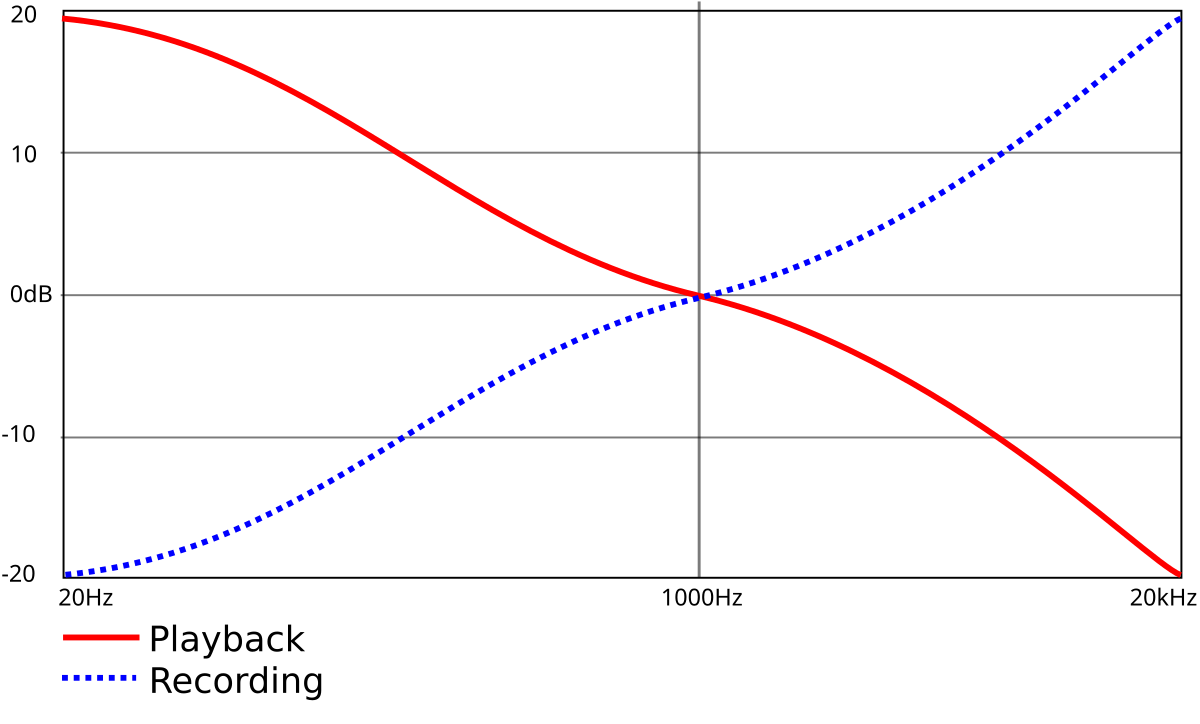The old days... acoustic recording.... in a 'laboratory'! 
'Laboratory' suggests it's at Thomas Edison's premises. It's the NY Philharmonic.


'Laboratory' suggests it's at Thomas Edison's premises. It's the NY Philharmonic.





 great photos!
great photos! 


Comment